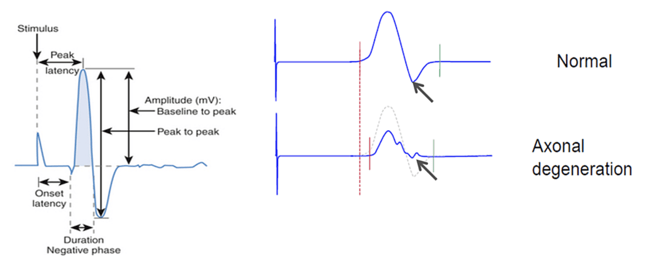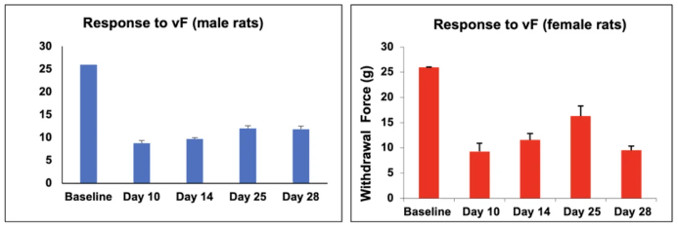3 min read
The Critical Role of Clinical Relevance in Effective Study Design
By: MD Biosciences on Aug 26, 2024 12:11:09 PM

Enhancing clinical relevance in early-stage studies can improve efficiency, reduce costs, and guide critical decisions, ultimately advancing more CNS and pain drug candidates through the pipeline. By aligning preclinical research with human biology, drug developers can more effectively progress potential therapies. Below you will find a few strategies on how to incorporate clinical relevance into study design.
1. UTILIZING LARGE Animal Models
Large animal models, such as pigs, play a crucial role in bridging the gap between rodent studies and human trials. Pigs are particularly valuable because they share key biological similarities with humans, including skin and neurological characteristics, nerve innervation, and behavioral responses. Unlike non-human primates, which offer valuable data but come with high costs and long lead times, pigs provide a more accessible and cost-effective option for translational research. For instance, pain models have been developed in domestic pigs and Göttingen minipigs. These models replicate human pain conditions and facilitate drug testing in a way that is both practical and insightful, making them a valuable asset in preclinical and IND-enabling programs.
2. Utilizing Relevant Biomarkers and Endpoints
Incorporating relevant biomarkers and endpoints is vital for ensuring that preclinical studies accurately reflect human disease states. Electrophysiology (EP) is a prime example of a technique that can provide detailed insights into neuronal function and nerve conductivity. Electrophysiology assesses nerve function, including regeneration, degeneration, and protective mechanisms. By measuring action potentials and pain-related electrical signals, researchers can gain a better understanding of how drugs impact peripheral nerves and brain responses. At MD Biosciences, our scientists observe human surgeries to monitor neurological conditions and apply this knowledge to preclinical methods. Our use of in vivo electrophysiology in rodents and pigs enhances the relevance of our studies, which can be applied to models of multiple sclerosis, peripheral nerve injury, spinal cord injury, and neuropathic pain.
Electrophysiology measurements of compound muscle action potentials (cMAPS) from the gastrocnemius muscle for a peripheral nerve injury model in rats shows axonal degeneration.
Additionally, incorporating a range of biological measures, such as proteomic and cell-based biomarkers, allows for a more comprehensive evaluation of physiological and pharmacological responses. This integration of biomarkers helps to streamline drug development by improving data extraction and decision-making.
3. Adapting Models to Reflect Clinical Conditions
Adapting preclinical models to more accurately reflect human clinical conditions is essential for translating research findings into effective treatments. One example is the optimization of spinal cord injury (SCI) models. Traditional in vitro models using newborn tissue cultures often lack key components of glial scar formation, which are critical to understanding regenerative failure in humans. At MD Biosciences, we have addressed this by developing assays with adult tissue cultures that better mimic the human SCI environment. This approach allows for a more accurate prediction of drug efficacy by replicating the micro-environment of the glial scar, despite longer development times.
Additionally, it is important to increase diversity in preclinical studies. Factors such as sex, age, species, and genetic background must be considered to ensure that research outcomes are applicable to a broad patient population. Addressing these variables early in the study design process can improve drug effectiveness and facilitate smoother transitions to clinical trials.
Pain response in males and females using von Frey in the STZ model of pain. The response to von Frey is different in males and females.
By aligning research methods with human biology and clinical conditions, researchers can enhance the efficiency and success of their studies, ultimately leading to more effective therapies for CNS and pain-related disorders.
To learn more about our methods, download our clinical relevance whitepaper here, or connect with a member from our team.
Related Posts
Promoting Diversity for Translational Success
In preclinical efficacy studies, several factors are often overlooked, and it is important to...





